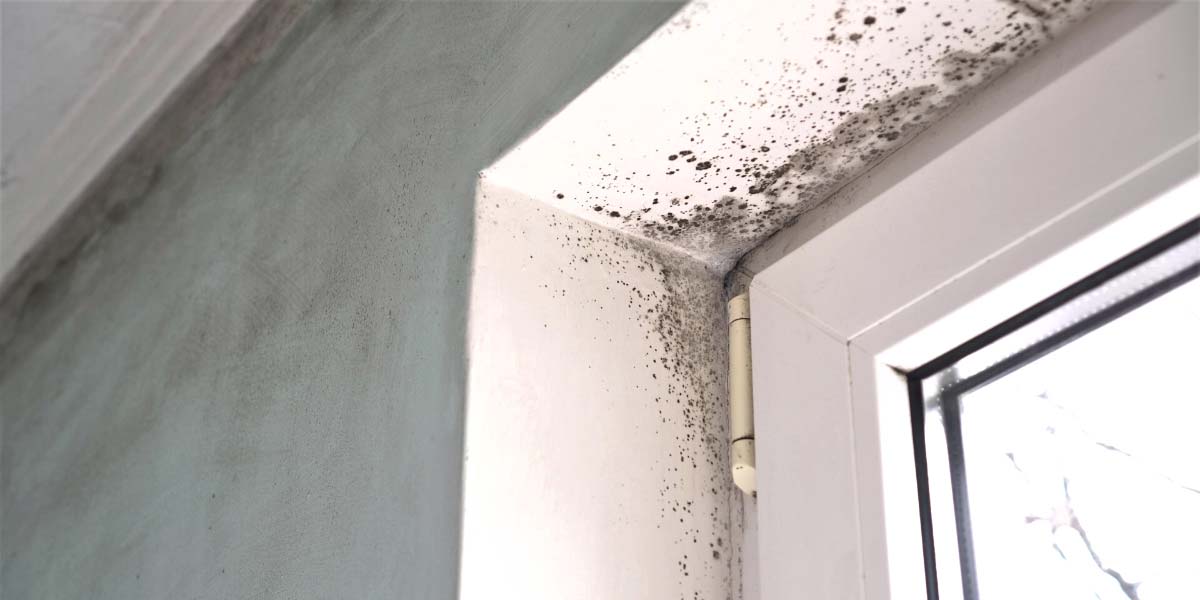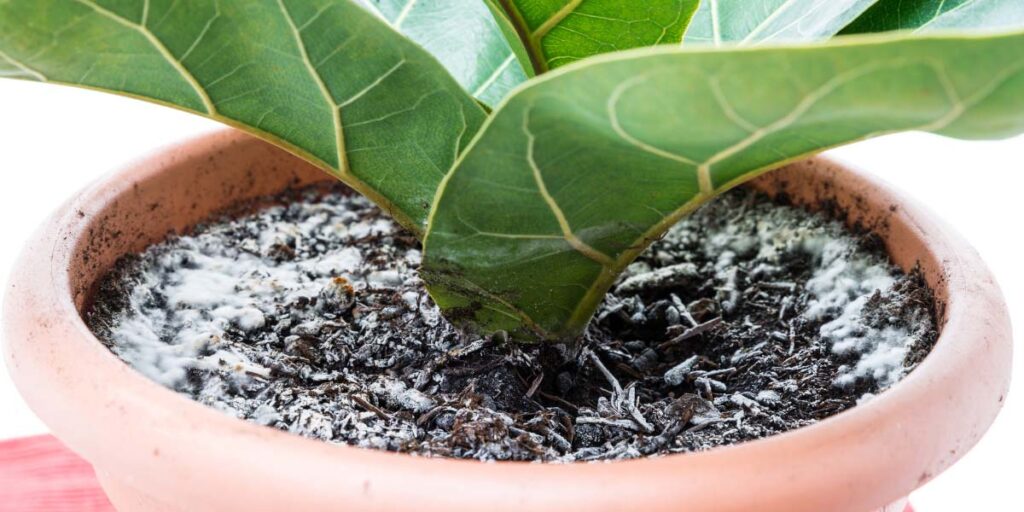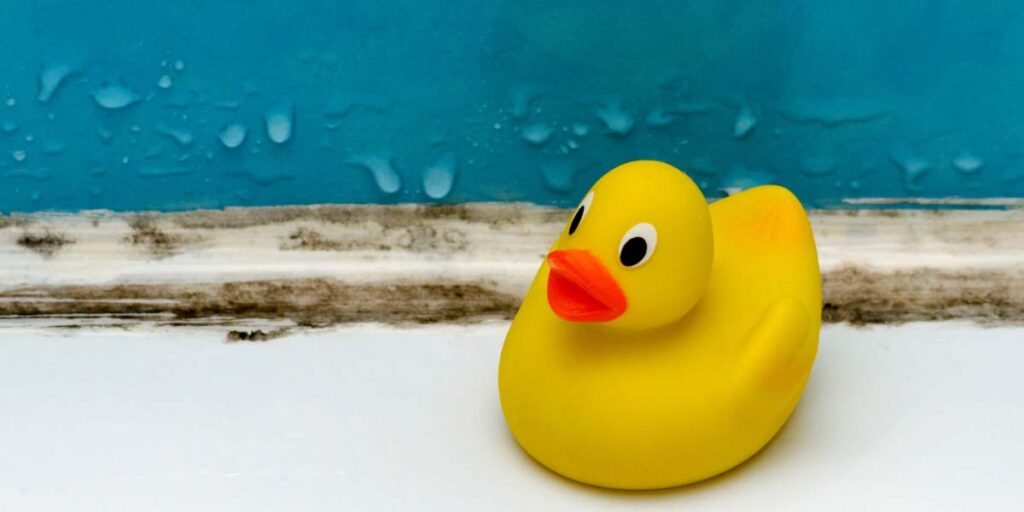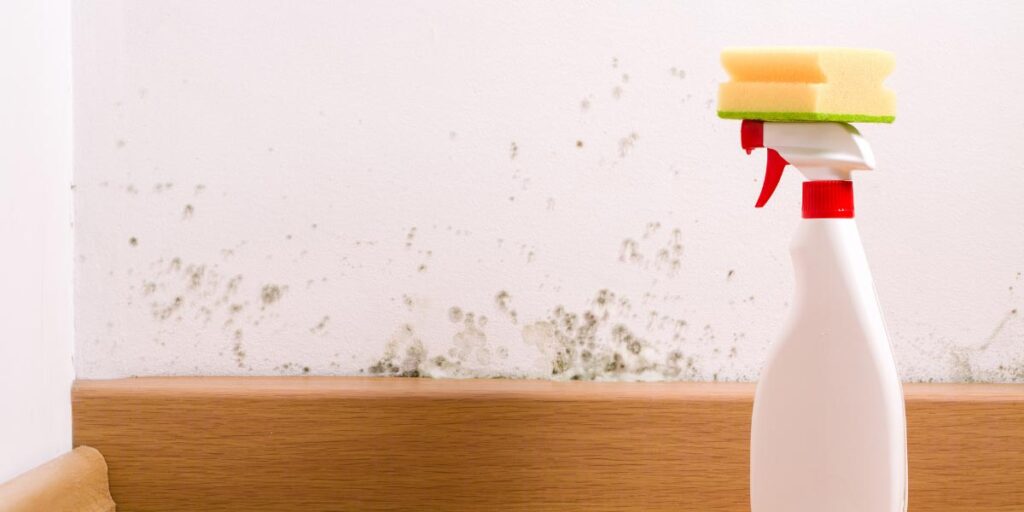

Whether it be a mushy vine-ripened tomato that got lost in the veggie crisper, or a furry loaf of bread that hung out on the bench for too long—we’ve all come across mould at some point in our lives. But what happens when mould starts growing in places you don’t expect?
Mould is a naturally-occurring fungus that plays a vital role in nature. It helps with the biodegradation of natural materials—like dead leaves, for example.
Mould can be harmless, but can also pose severe health risks when left unchecked. Excess mould spores caused by an infestation can wreak havoc on people with asthma. Some types of mould are also thought to release toxic chemicals which can cause flu-like symptoms, including a sore throat, rashes, watery eyes, and a blocked nose.

Mould travels and ‘reproduces’ through airborne spores. These spores are found almost everywhere; in fact, you’re probably breathing some in right now (gross, I know). But thankfully, mould can’t grow just anywhere.
In nature, mould helps break down organic matter (like leaves on a forest floor). Therefore, naturally, mould is found in dark, damp, and humid areas. So, mould can occur in your home when these airborne spores come in contact with a suitable environment. That environment is usually in the bathroom or kitchen, where it’s dark and often humid.

Okay, so you’ve found some mould on your bathroom wall—no need to panic (yet). Small patches of mould are relatively easy to clean and aren’t particularly uncommon, either.
Pop on some protective equipment (hairnet, eyewear, gloves, and a face mask with a good filter). Mix white vinegar (80%) with water (20%), in either a spray bottle or bucket. Apply the solution to the affected area and leave it on for around an hour. Wipe the solution away with plain water, and throw away the sponge.
Note: Never vacuum or brush away mould—the spores will become airborne and spread rapidly. Also, always discard any porous cleaning materials (sponge, cloth) used to clean mould.
Another note: Never use bleach to clean mould. Bleach will cause the mould to discolour and become practically invisible, but won’t actually kill the mould. Vinegar is best for removing mould, as it causes the mould to overheat and die.
Yet another note: Any mould infestation (especially a large one) should be assessed promptly by a qualified professional.
Overall, when it comes to mould, the best type of treatment is prevention. Mould will grow in almost any poorly ventilated, humid, dark area. And unless you fix the cause of the excess humidity—whether it be with a renovation, an extractor fan, or some plumbing work, the mould is bound to reappear time and time again.

Could your house use some cleaning expertise? Or are you planning a mould-busting reno? Here at Local Expert, our trusted service providers have got you covered from the kitchen to the bathroom.
Our trusted Local Expert professional builders are standing by.
Click here to learn more or request a quote today!
Are you a business owner looking to build your service?
Apply now and become part of the Local Expert team today.